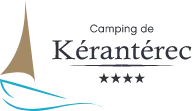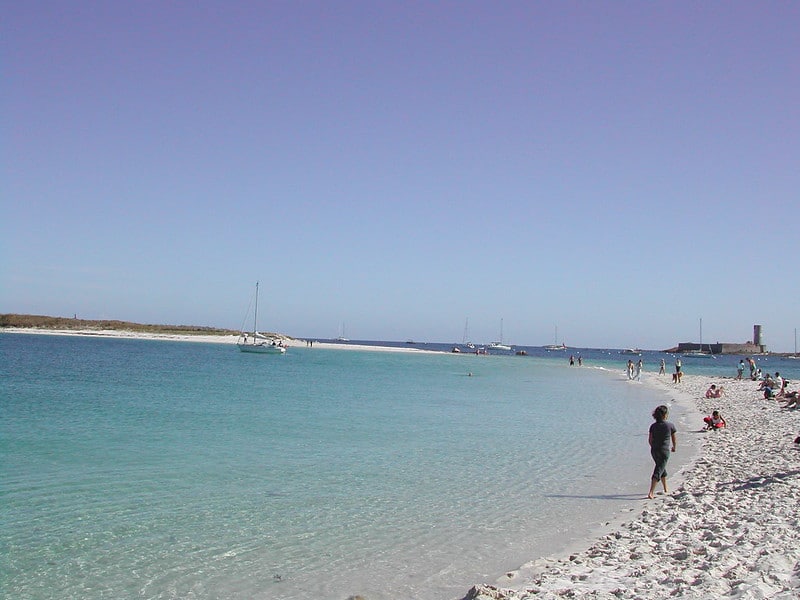
The Glénan Archipelago
Around the campsite in South Finistère
The Glénan Islands: a peaceful spot in Brittany
“Traditions even tell us that the nine islets of the Glénan were once the capital of the Glénan region. a considerable island: their destruction by the waves of the sea is a work of art. the natives would have witnessed. “Élisée Reclus¹
TheGlénan Archipelago, off the coast of Fouesnantais in south Finistère, with its string of islets, is an enchanting sight. It’s a sun-drenched haven of peace in the middle of the ocean. The Glénan Islands lie some twenty kilometers off the coast of Concarneau. The main islands are Bananec, Cigogne, Le Drennec, Giautec, Guiriden, Loc’h, Penfret, Quignénec and Saint Nicolas. Arranged in a circle, they delimit a sort of small inland sea, called “The Room”. In summer, it often takes on the turquoise colors of a tropical lagoon, and even the beaches have a taste of the exotic. Surrounded by crystal-clear turquoise water, the white sands are reminiscent of the coastlines of the South Seas. This whiteness is due to a high proportion of maerl, a calcareous deposit of fine gravel and seaweed debris.
It’s the place to be for South Finistère sailing enthusiasts and keen divers, thanks to the schools dedicated to these disciplines on the islands of Fort cigogne and Saint-Nicolas. A little paradise just an hour from the sea, a real change of scenery just a stone’s throw from South Finistère.
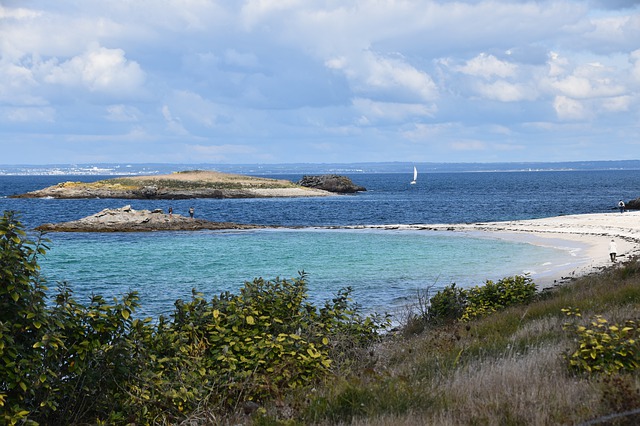
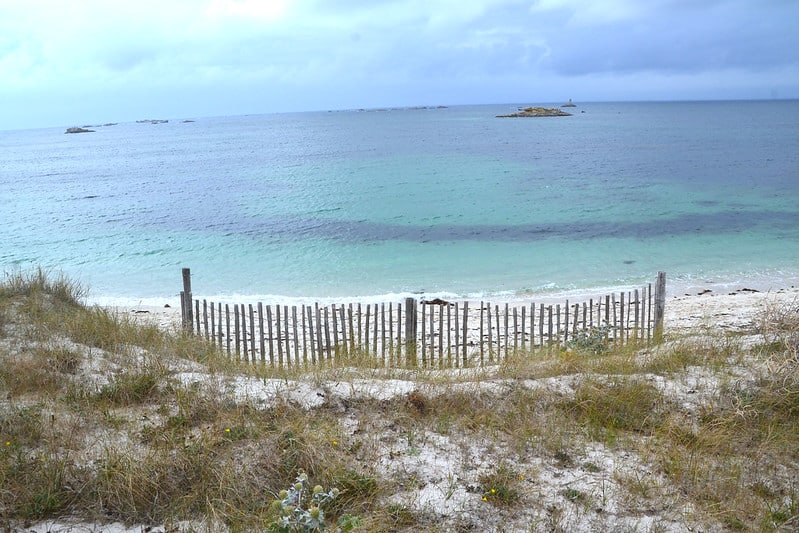
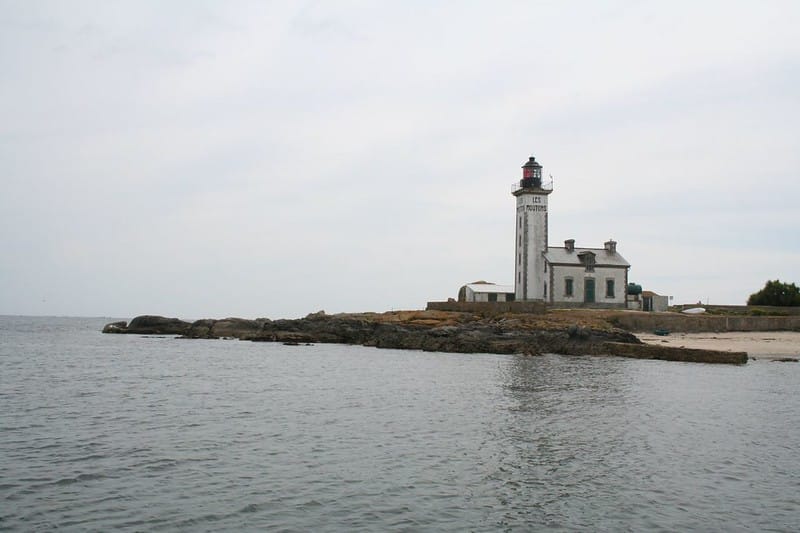
A listed site in South Finistère
In 2004, the islands were classified as a Natura 2000 site, as they are home to a large number of natural habitats and plant and bird species threatened with extinction in Europe. In 2007, the initial perimeter of the Natura 2000 site was extended out to sea, to protect marine birds and mammals as well as the incredibly rich seabed surrounding the islands. Today, the Natura 2000 site Archipel des Glénan covers almost 500 km2 of sea and island space, from the Fouesnant coast to around 15 km south of the islands. The site is home to around 140 bird species, 71 of which are Natura 2000 species protected in Europe. Some of these species are present all year round. Other migratory species frequent the area for only part of the year.
All find in the Glénan archipelago and the maritime area bordering it a haven of peace for feeding, resting or breeding. The islands are also famous for the Glénan narcissus, an endemic plant identified in 1803, and then present throughout the archipelago. This subspecies has steadily declined as the islands have been abandoned for farming: the narcissus grows on short grass, and the abandonment of livestock farming has led to the appearance of scrubby moorland. By 1924, it had almost completely disappeared. In 1974, on the initiative of the Société Bretagne vivante pour l’étude et la protection de la nature en Bretagne, part of Saint-Nicolas Island was classified as a nature reserve and fenced off. Today’s archipelago is extremely fragmented, so much so that its surface area is difficult to calculate, and the local nautical charts fail to map all of the site’s reefs. During high tides, the “Chambre” can be crossed on foot and becomes a paradise for fishermen, who gather abalone, clams and other shellfish.
A trip to the Glénans islands from the Kérantérec campsite
Daily connections to the Glénan Islands depart from the Port la forêt slipway, a stone’s throw from our campsite in La Forêt Fouesnant, and are operated by the Vedettes de l’Odet company. Come aboard the Glenn, Rivage, Capitaine Némo or Aigrette for a dreamlike day in the archipelago. The Kérantérec campsite offers a range of packages, bookable at reception.
¹ Élisée Reclus, full name Jacques Élisée Reclus, born in Sainte-Foy-la-Grande (Gironde) on March 15, 1830 and died in Thourout, Belgium, on July 4, 1905, was a libertarian geographer.
